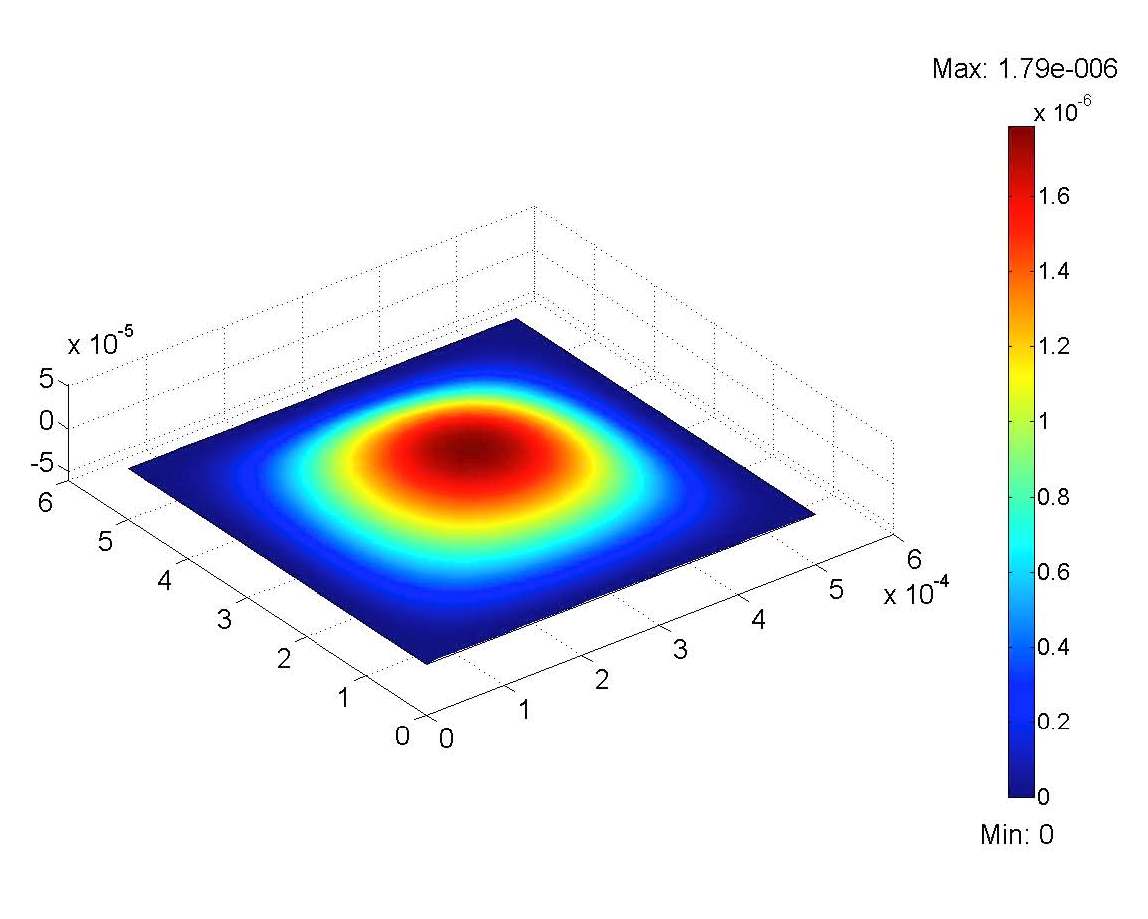




The current flowing across two isolated
parallel plates is a very sensitive way of determining their
separation. If one of the plates is a flexible membrane the
separation is directly related to pressure across it. This
concept can be easily scaled down and integrated into micro and
nano mechanical systems (M/NEMS) that are enabling the merger of
technological revolutions such as the biomedical and the
nanotechnology fields (see caption below). This concept allows
devices capable of measuring extremely low flows (nano/pico
SCCM) as required for drug delivery, bioassays, DNA research,
and forensic medicine.
In our approach and in contrast to currently available piezoelectric, capacitive and piezoresistive pressure sensors, we are developing field emission based devices that have the advantage of a particularly wide dynamic pressure range using a single device. We optimized the field emission properties of BN layers deposited by ion beam assisted thermal evaporation, developed wet and dry processing methods and fabrication flow diagrams for a field emission pressure device. To avoid expensive process runs and achieve optimized designs for our sensors, extensive modeling and simulation studies were undertaken using commercially available COMSOL software. Of the materials investigated, TiN seems to have the most desirable membrane characteristics with respect to linearity and dynamic range. Funding for this project is continuing through a private company and the UH team is in the final stage of fabricating both electrical and mechanical parts of the sensor. These are specifically engineered nitride–based (BN, CN) cold cathodes and TiN sensing membranes.